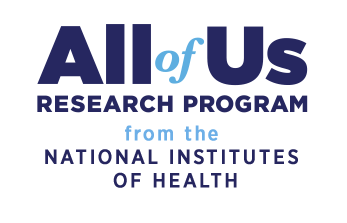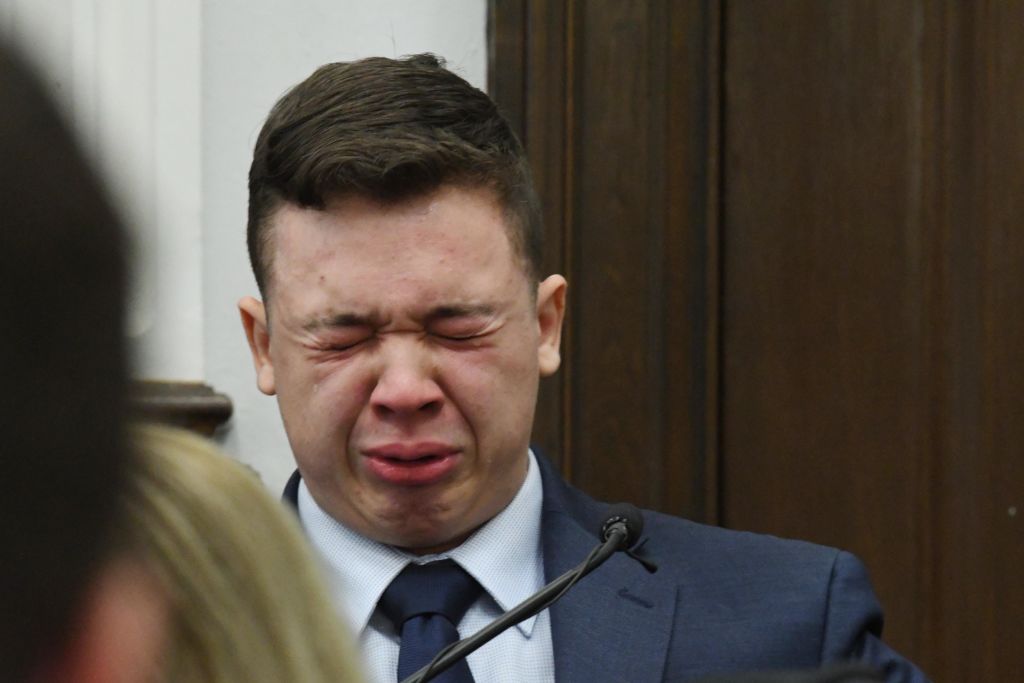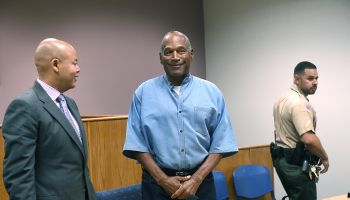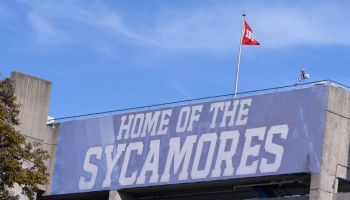The principal at Public School 156 in Brooklyn, New York, has a solution to her school’s problem with chronic student absenteeism, which could possibly work at other schools.
She gives her students a reason to arrive early — as early as 7 a.m., in fact. The school offers an opportunity for kids to participate on the dance team, basketball squad, or the drum corps.
“If they’re laying there and they have a tummy ache and they have to decide whether they’re going to go or not go — if basketball is the one that making them say, ‘I want to come to school,’ then we’re going to have basketball,” P.S. 156 Principal Beverly Logan told WNYC.
The school is trying to tackle a 40 percent student absentee rate. P.S. 156 is not alone in this struggle.
A new analysis from the U.S. Department of Education found that chronic absenteeism is a nationwide problem that’s prevalent among all races. More than 6 million students across the country missed at least 15 school days in the 2013-14 school year.
Although 15 days doesn’t seem like much, it causes millions of students to fall behind academically and risk not graduating from high school, according to the White House.
To fix the problem, which has the greatest impact on children in low-income communities, the Obama administration launched an initiative that uses a two-pronged solution of mentorship and awareness.
A partnership between the president’s My Brother’s Keeper program and Johns Hopkins University will pair mentors with over 250,000 at-risk middle school and high school students over a two-year period.
The second prong of the plan seeks to educate parents about the consequences of chronic absenteeism. A partnership between the Department of Education, Mott Foundation, and Ad Council will launch an advertising campaign targeting parents of K-8 students. In addition to an assortment of ads on billboards and bus shelters, the plan will feature a website with downloadable tools for parents, educators, and community leaders.
According to WNYC, P.S. 156 is a community school that gets additional funding to help reduce student absenteeism. The school has a team that’s engaged in the battle, by doing such things as calling the parents of absent students and making home visits. Consultants also help devise innovative ways to encourage kids to come to school every day.
The news outlet said absenteeism declined by 7 percent.
SOURCE: U.S. Department of Education, WNYC | PHOTO CREDIT: Getty, Twitter


















